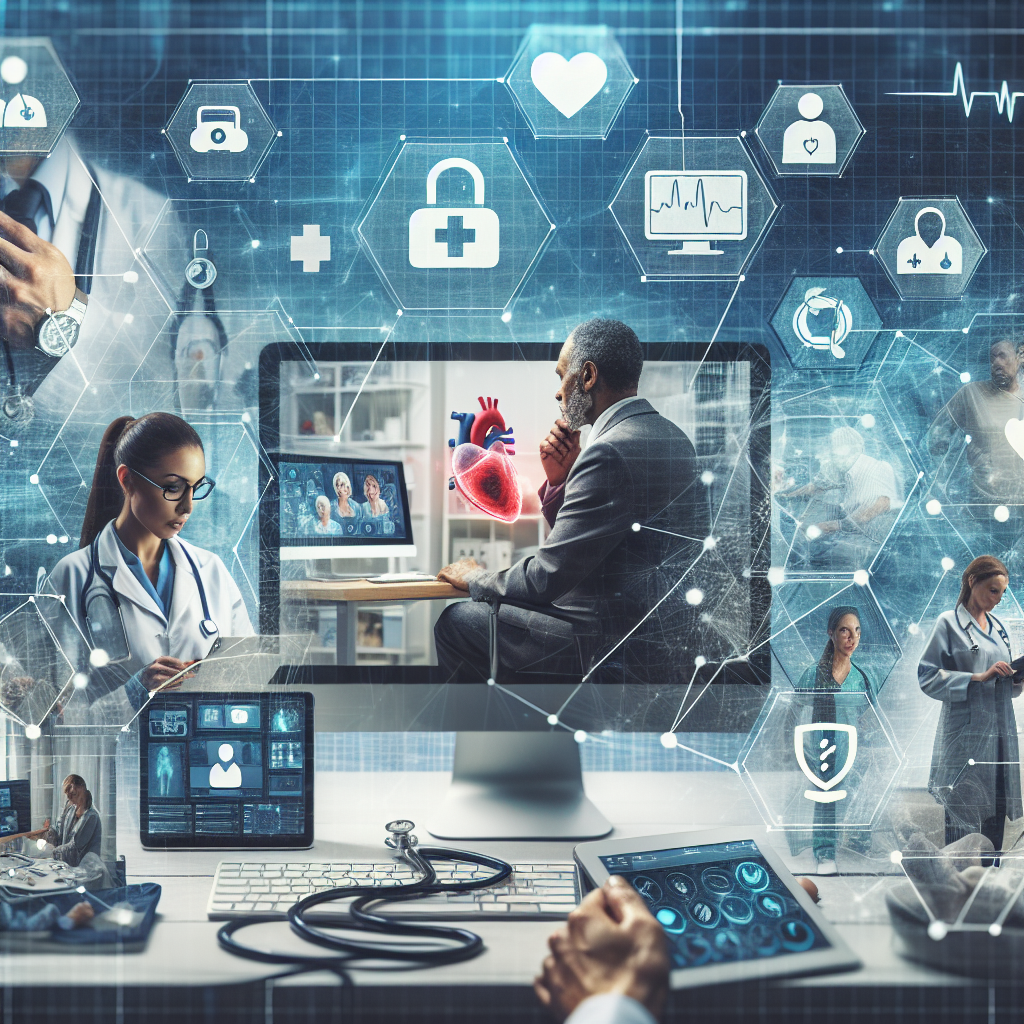Your cart is currently empty!
The Role of Remote Monitoring in Telehealth Services

Telehealth services have become increasingly popular in recent years, providing patients with convenient access to healthcare professionals without the need for an in-person visit. One key component of telehealth services is remote monitoring, which allows healthcare providers to keep track of a patient’s vital signs, symptoms, and overall health from a distance.
Remote monitoring plays a crucial role in telehealth services by enabling healthcare providers to continuously monitor and track a patient’s health status outside of traditional healthcare settings. This can be especially beneficial for patients with chronic conditions such as diabetes, hypertension, or heart disease, as it allows for early detection of any changes or complications that may require intervention.
By using remote monitoring devices such as wearable sensors, smart devices, and mobile apps, healthcare providers can gather real-time data on a patient’s vital signs, medication adherence, and symptoms. This data can then be analyzed and used to make informed decisions about the patient’s care, such as adjusting medication dosages, recommending lifestyle changes, or scheduling follow-up appointments.
Remote monitoring also helps to improve communication between patients and healthcare providers, as it allows for regular check-ins and updates without the need for an in-person visit. This can be especially helpful for patients who live in remote areas, have mobility issues, or are unable to travel to a healthcare facility for regular appointments.
In addition to improving patient care, remote monitoring in telehealth services can also lead to cost savings for both patients and healthcare providers. By monitoring patients remotely, healthcare providers can reduce the need for unnecessary in-person visits, hospitalizations, or emergency room visits, leading to lower healthcare costs and improved efficiency.
Overall, remote monitoring plays a vital role in telehealth services by enabling healthcare providers to monitor and track patients’ health status from a distance, improve communication between patients and providers, and reduce healthcare costs. As telehealth services continue to evolve and expand, remote monitoring will likely play an increasingly important role in delivering high-quality, convenient healthcare to patients around the world.

Leave a Reply